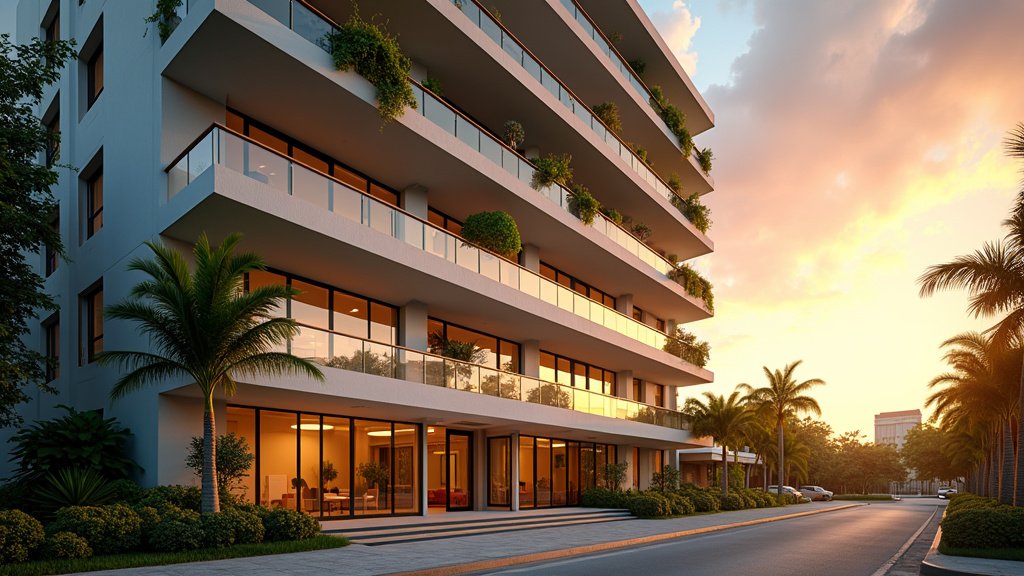Miami has officially been crowned the most expensive city in the United States for dining out, according to a recent global analysis that highlights the significant financial strain placed on residents and visitors alike. While many associate high dining costs with metropolises like New York or Los Angeles, a comprehensive study by Chef’s Pencil, utilizing data from Numbeo, positions the Magic City at the forefront of restaurant affordability challenges nationwide.
The Study’s Unflattering Ranking
The analysis, which evaluated 177 cities across the globe, compared the cost of a mid-range, three-course meal against the average monthly net wage in each location. Miami ranked 72nd globally in terms of restaurant affordability, making it the least affordable city for dining out in the entire United States.
In Miami, a dinner for two at a mid-range restaurant averages approximately $60. This figure represents about 1.4% of the city’s average monthly salary of $4,230. To put this into perspective, other major U.S. cities fare better in affordability. For instance, a comparable meal in Los Angeles costs around $50 (1.1% of its average monthly salary of $4,421), while in New York City, it averages $71 (1.3% of $5,358). Dallas, by contrast, is considerably more affordable, with a mid-range meal costing about $35, which constitutes only 0.7% of its average monthly salary of $4,687.
Factors Driving Up Dining Costs
Several converging factors contribute to Miami’s elevated dining expenses. The city’s culinary landscape is experiencing robust expansion, fueled by a thriving tourism industry and a dynamic local economy. This increased demand, coupled with Miami’s status as a cosmopolitan hub attracting international residents and visitors, inherently drives up prices.
Economically, Miami faces significant cost pressures. The cost of restaurant supplies has escalated, and restaurants contend with high rents for commercial spaces, which have seen a nearly 54% increase in price per square foot between 2020 and 2024. Furthermore, labor costs are on the rise, with Florida’s minimum wage climbing to $13 per hour, adding to operational expenses. Food prices, in general, have also surged; data indicates a 30% increase in wholesale food prices since 2020. General inflation is a primary culprit, affecting food prices much like other goods, with an average annual increase of 4.8% for food since 2019, compared to 4.2% for all goods.
Adding another layer to these rising costs is the impact of climate change, contributing to “heatflation.” Fluctuations in temperature and extreme weather events affect crop yields and supply chains, leading to higher ingredient costs for restaurants and ultimately consumers. The expense of energy, crucial for transportation, fertilizer, and harvesting, also plays a role in escalating food prices.
Local Sentiment and Impact
The high cost of dining out is a sentiment widely shared among Miami residents. Many report cutting back on restaurant visits and opting to cook at home more frequently. For locals, the prices are often described as “just too high,” with some feeling that many establishments cater more to tourists and affluent visitors than to the average resident. Phrases like “Broke broke broke broke broke” and “Miami is not an affordable city for the natives any more” encapsulate the frustration felt by many. For those on fixed incomes or with limited budgets, dining out has become an impossibility.
While locals feel the pinch, Miami’s vibrant tourism sector continues to contribute billions to the local economy annually. Tourists spent an estimated $22 billion in Miami in 2024, with a significant portion allocated to food and beverages (around $259 per international visitor). This high visitor spending supports the robust restaurant scene but also contributes to the overall demand and cost structure that impacts local affordability. Visitors also bear additional tax burdens, including sales taxes, food and beverage taxes, and tourist development taxes, which add to their overall expenditure.
A Glimpse at Other Costs
While dining out presents a significant expense, some aspects of daily consumption offer a slight reprieve. The average cost of a cappuccino in Miami is $1.90, and a pint of beer averages $8. These prices, while not negligible, are considerably less impactful on a monthly budget compared to a full restaurant meal. The news also comes as fast food prices nationwide are trending upwards, with many cities experiencing meals exceeding $13 and leading to a perception of fast food as a luxury item.
Conclusion
Miami’s designation as the most expensive city in the U.S. for dining out underscores the complex interplay of economic pressures, booming tourism, and rising operational costs. While the city’s culinary scene is celebrated and continually growing, the financial barrier to enjoying it is becoming increasingly prohibitive for many of its residents. This trend indicates a critical need for businesses and policymakers to consider the affordability challenges faced by the local population amidst the city’s dynamic growth.





